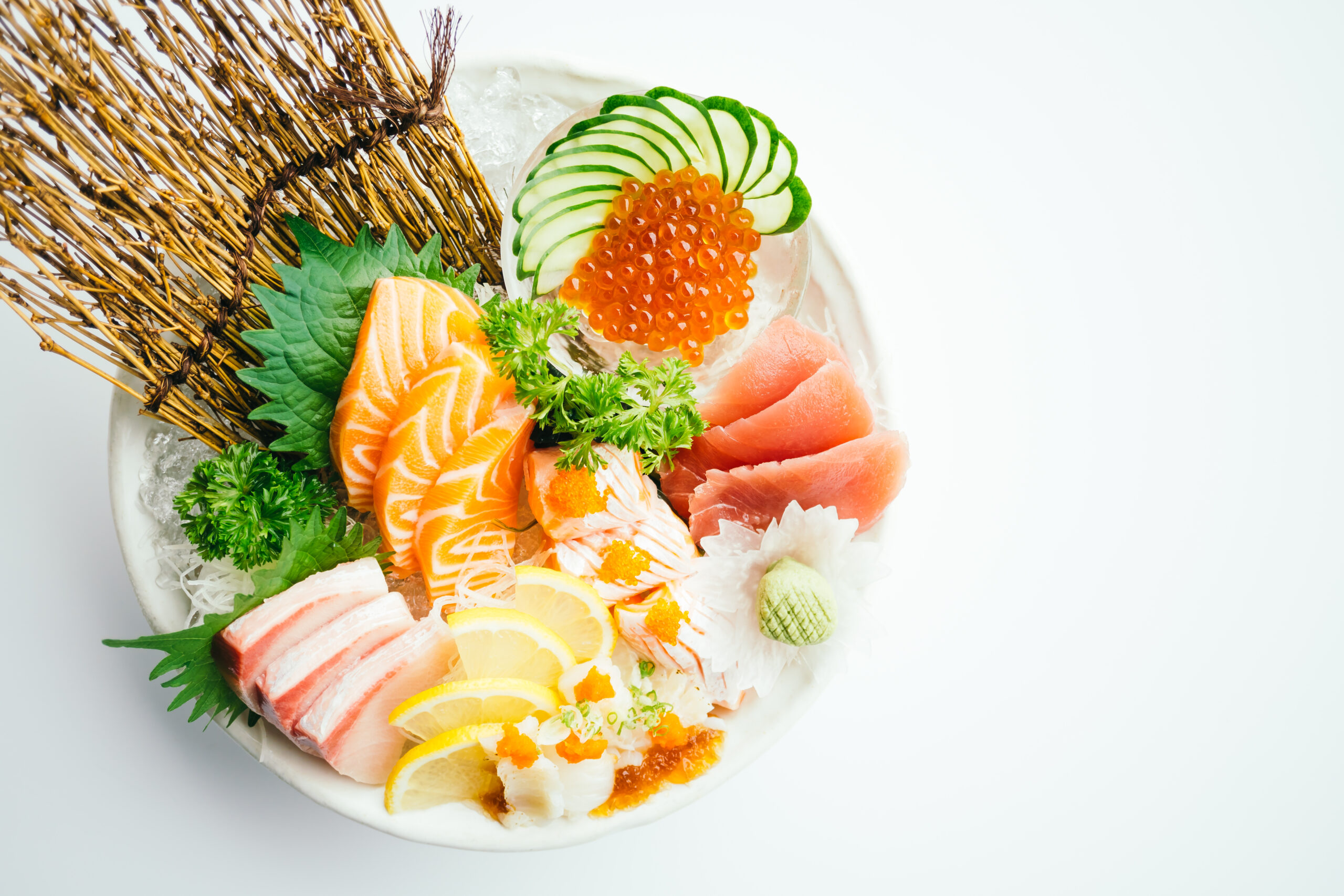This article was originally featured in the February 2024 issue of Connect.
Alexandra Cloete (Chiba)
In Japan, something is rarely done or made without meaning. Okay, except maybe eating KFC on Christmas. But important customs include an all white, delicately embroidered kimono worn by a bride to signify purity at a wedding ceremony, elaborate coming of age ceremonies for young people at various ages to solidify the concept of a new life stage, and (my personal favourite) clapping and ringing a loud bell at shrines to awaken the gods and announce your presence. So it goes without saying that a day as important as New Year’s would have its own fair share of traditions.
In my home country, South Africa, New Year’s Day is one of celebration, crowds, and a general stellar vibe. We braai (South African style barbeque), go to the beach (yay for the Southern Hemisphere), and enjoy the first sunset of the year amongst friends and family. It’s often a very social holiday and one that is celebrated from the moment you scream, “Happy New Year!” all the way into the evening. In the land of the rising sun however, things are more than a little different. Thanks to intensifying winter temperatures, no one is visiting the beach. Rather, most families plan an annual visit to the shrine for the first prayers and blessings of the year. In large cities this is a massive affair, and if you find yourself there, you’ll be bumping shoulders and elbowing your way to the front of the line. Sunset happens around 4 p.m. and again, it’s most likely freezing, so there’s no real winding down to see the sun set outside. And unlike South Africa, food is a BIG deal on New Year’s here in Japan.
“A more serious response revealed that the common belief is that because soba is long and thin, it signifies longevity.”
I’d like to spend some time on food—a dear love of mine. Japanese cuisine is widely varied and I’d argue that even the pickiest eater could find at least one Japanese food they would lap up. (Soy sauce grilled onigiri anyone?) New Year’s Day in Japan is usually welcomed by eating soba noodles at 11:59 p.m. on New Year’s Eve. I work with English students of all ages and have received some amusing responses to my inquiry as to the “why” behind this custom. A young learner said the bad demons hate soba, so by eating it you’d effectively be proving yourself as the dominant one. Sounds good to me! Another young one simply said they eat it because it’s yummy and it’s what everyone else does. A more serious response revealed that the common belief is that because soba is long and thin, it signifies longevity. It’s also easily broken, so as to easily break the bad luck from that year. Not bad for a regular old noodle, huh?
Another more traditional food practice is to buy or prepare (Japanese obaasan-cooking-veterans only) osechi, originally meaning an important or significant period. Initially osechi was called osechi ryouri which translates to “food served during an important or significant period”. It was then later shortened to osechi. The food was traditionally meant to be presented to the gods as an offering and a humble way to ask for abundant blessings for the new year. Now, many families prepare it as a “thank you” to their loved ones and a celebration of the new year. This assortment of food includes black beans, rolled omelettes, shrimp, and of course various forms of rice like mochi, dango, and onigiri. Osechi is decadent, plentiful, and almost overwhelming in sight when done properly. One of my older students almost choked at my suggestion of trying 7-Eleven osechi. This is because the quality of osechi foods is as important as its contents and presentation. Traditionally, layers of boxed food are stacked on top of one another and presented to guests. The layers suggest piling up one’s blessings. And the symbolism doesn’t end there. It’s truly an art and a science. Even colour is considered when presenting these New Year’s goodies. Kamaboko, a traditional Japanese fish cake, is usually red and white for warding off evil spirits and preserving purity. Similarly, black beans are believed to keep you safe from those pesky bad spirits, too. The shape of food also carries meaning! Lotus root, which has holes in it when sliced, is seen as a good omen for a clear future with no obstacles. You can see clearly through the holes, right? That’s your future!
There is a plethora of foods included in New Year’s celebrations. How about meeting up with some Japanese friends and seeing what they include? They could have a pretty incredible story behind it, and you could end up leaving with some extra good luck!
Alexandra is a 26-year-old South African working in Japan in the English teaching industry. She loves travel, plants, cats, cooking, and is also on a never-ending quest to differentiate katakana successfully. She’s always open to meeting new expats and making new travel buddies! Try and find her in Chiba, she’ll have a big afro!



![CONNECT ART ISSUE 2024 SUBMISSIONS [CLOSED]](http://connect.ajet.net/wp-content/uploads/2024/04/ARTISSUE-INSTA-600x500.png)





